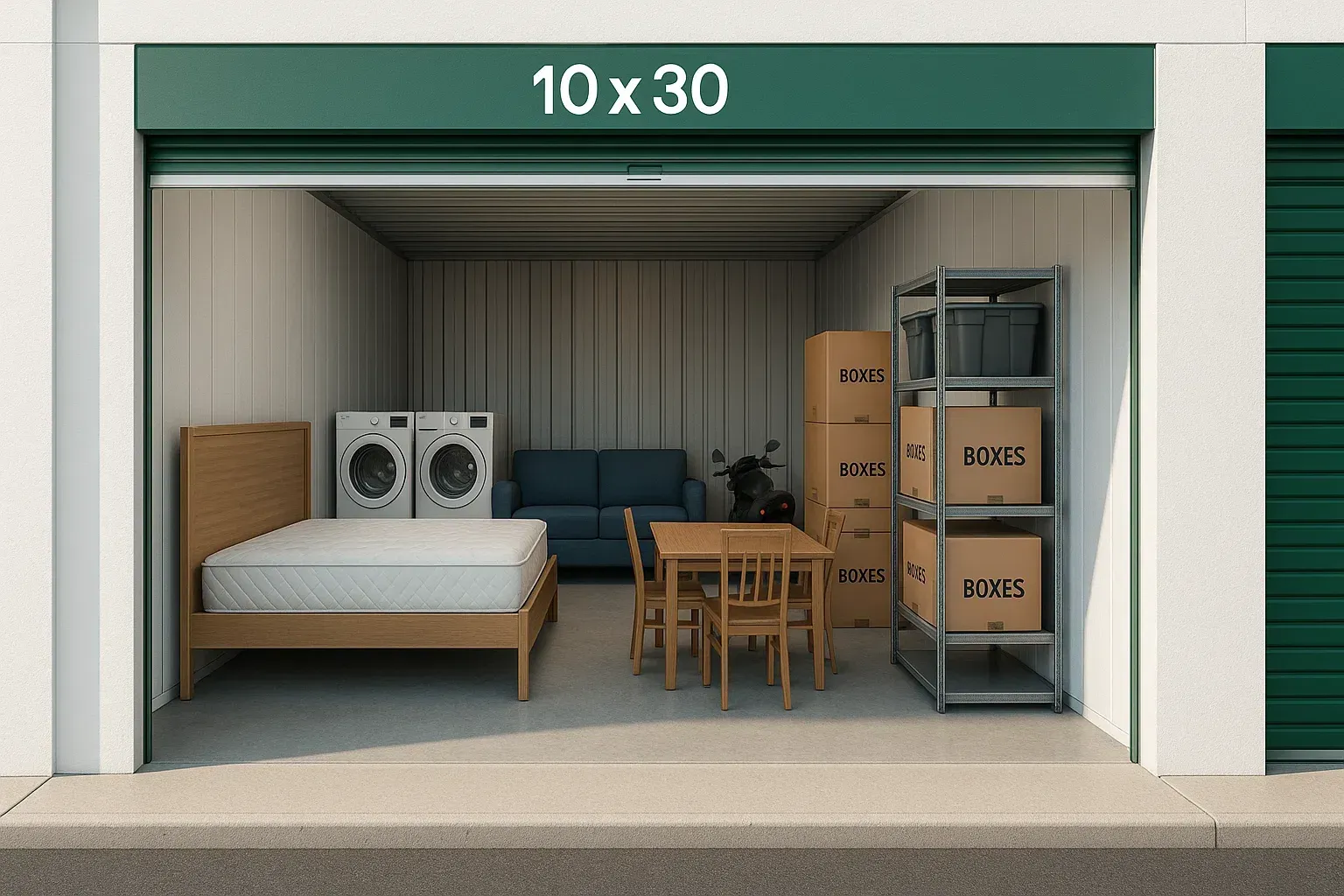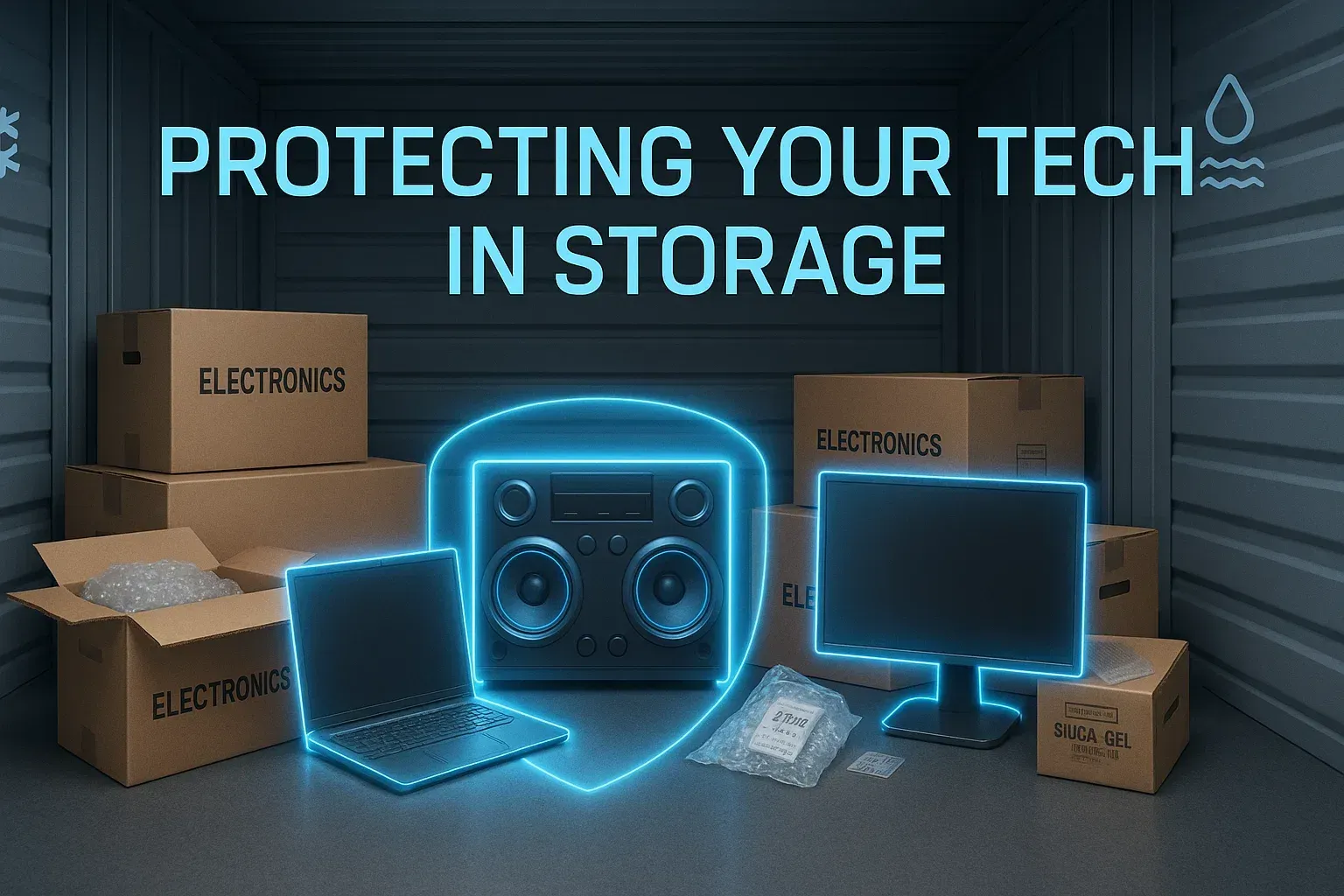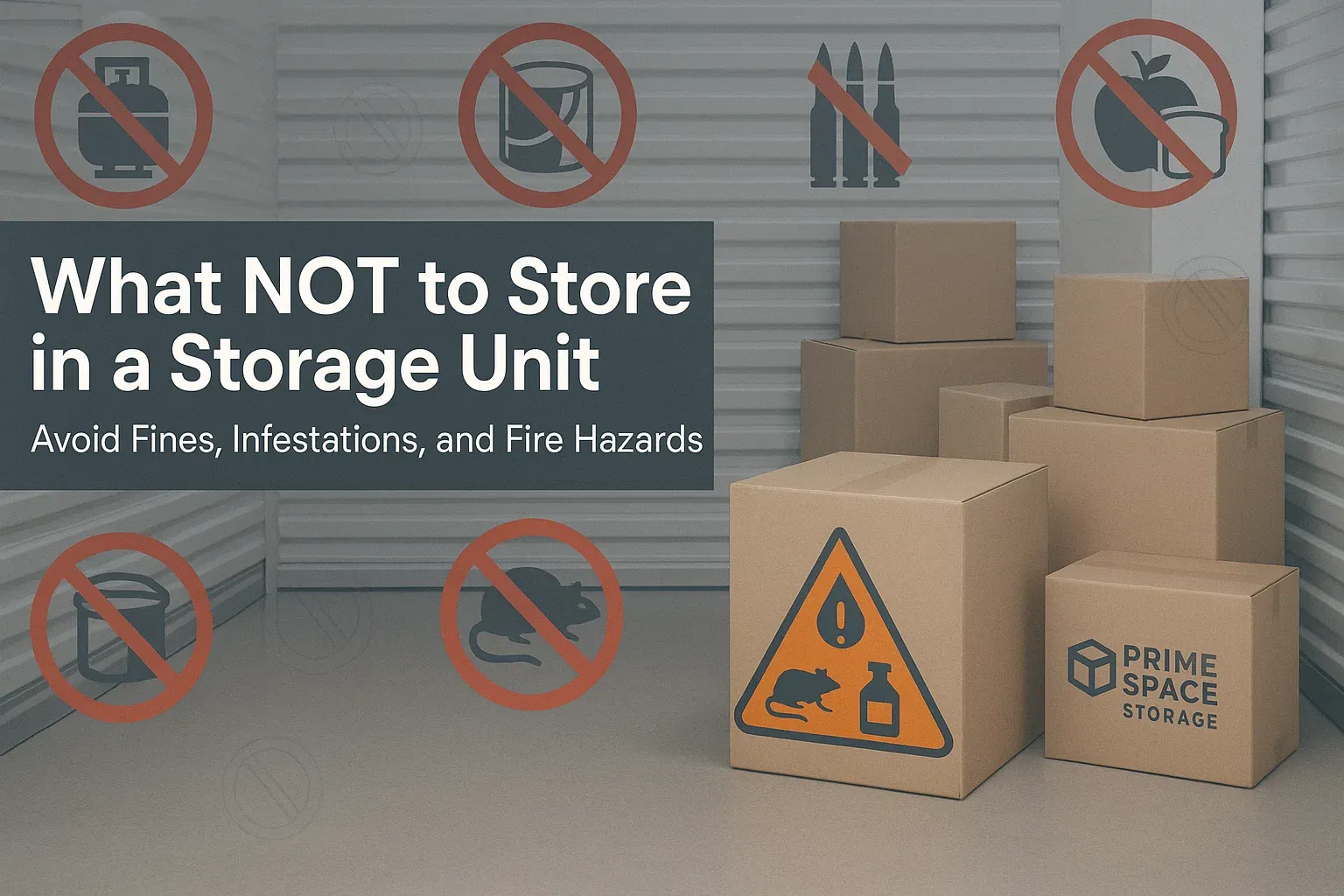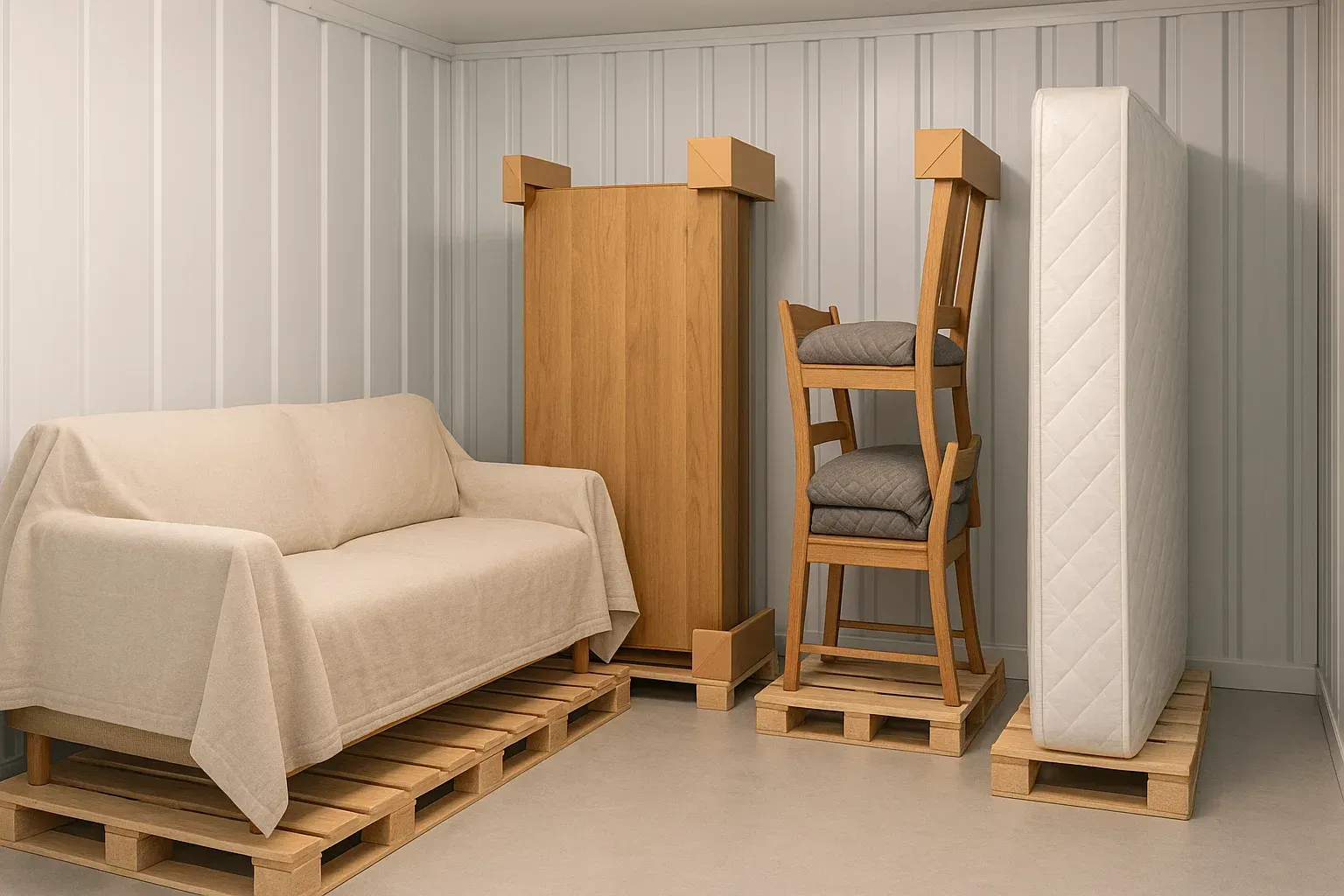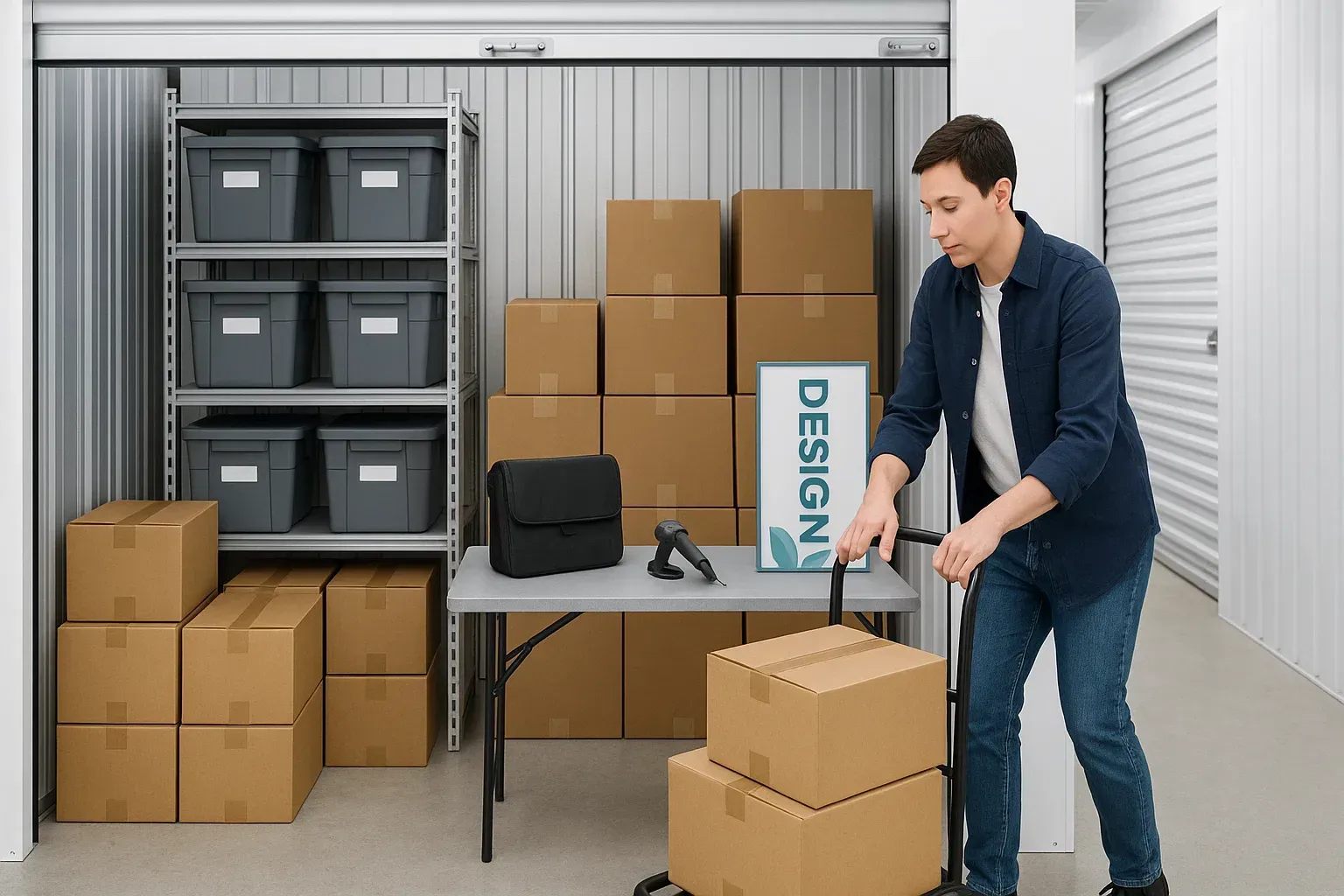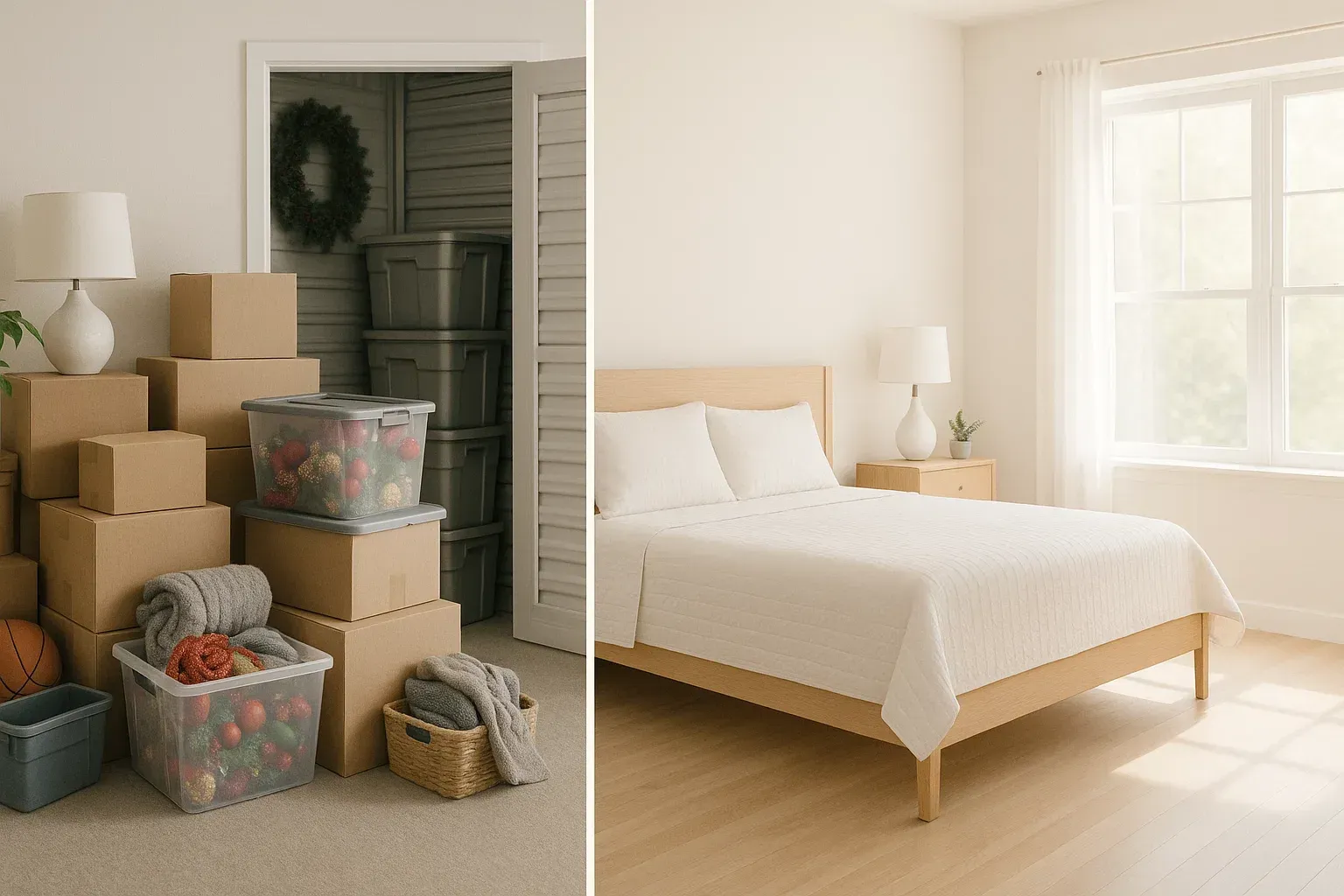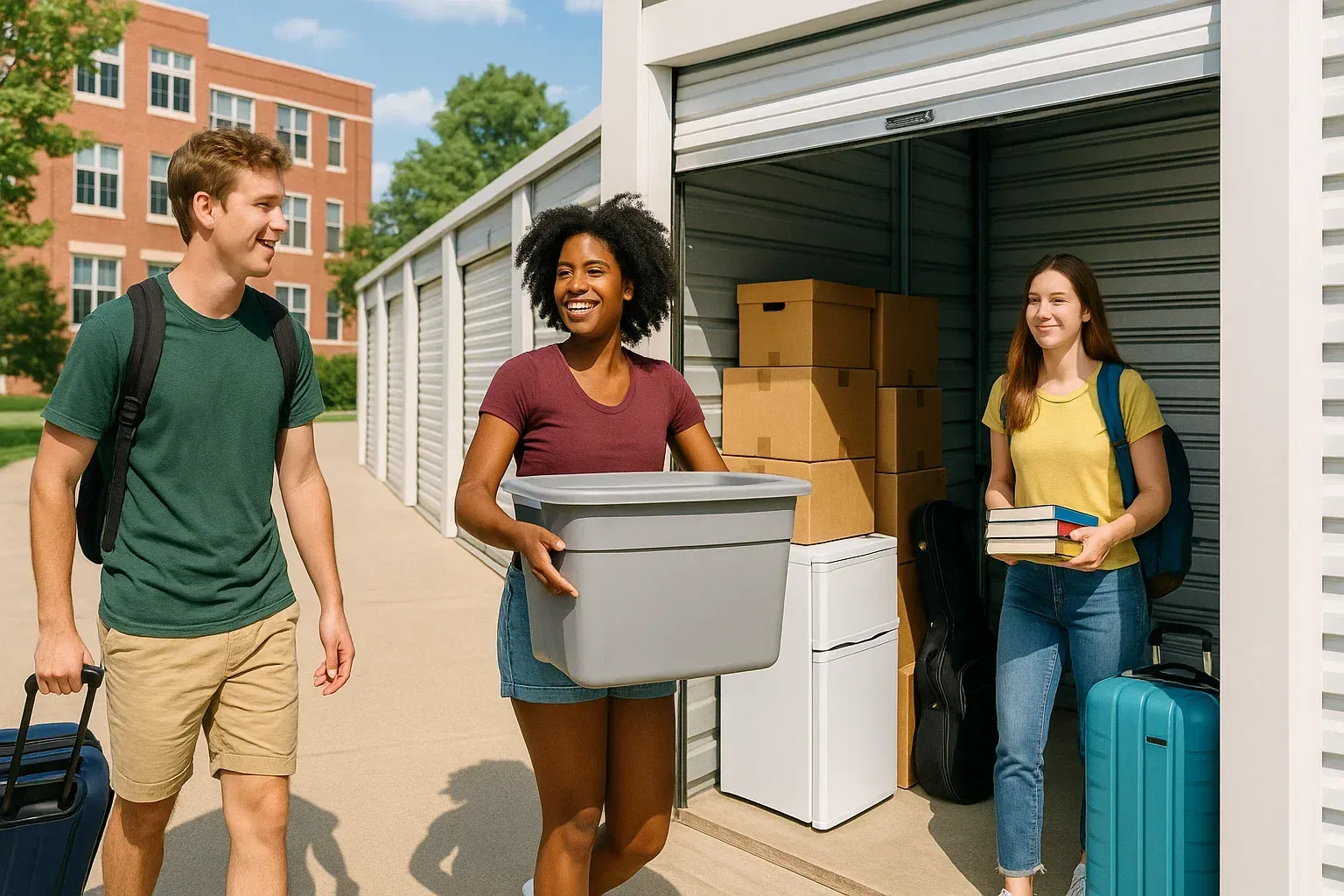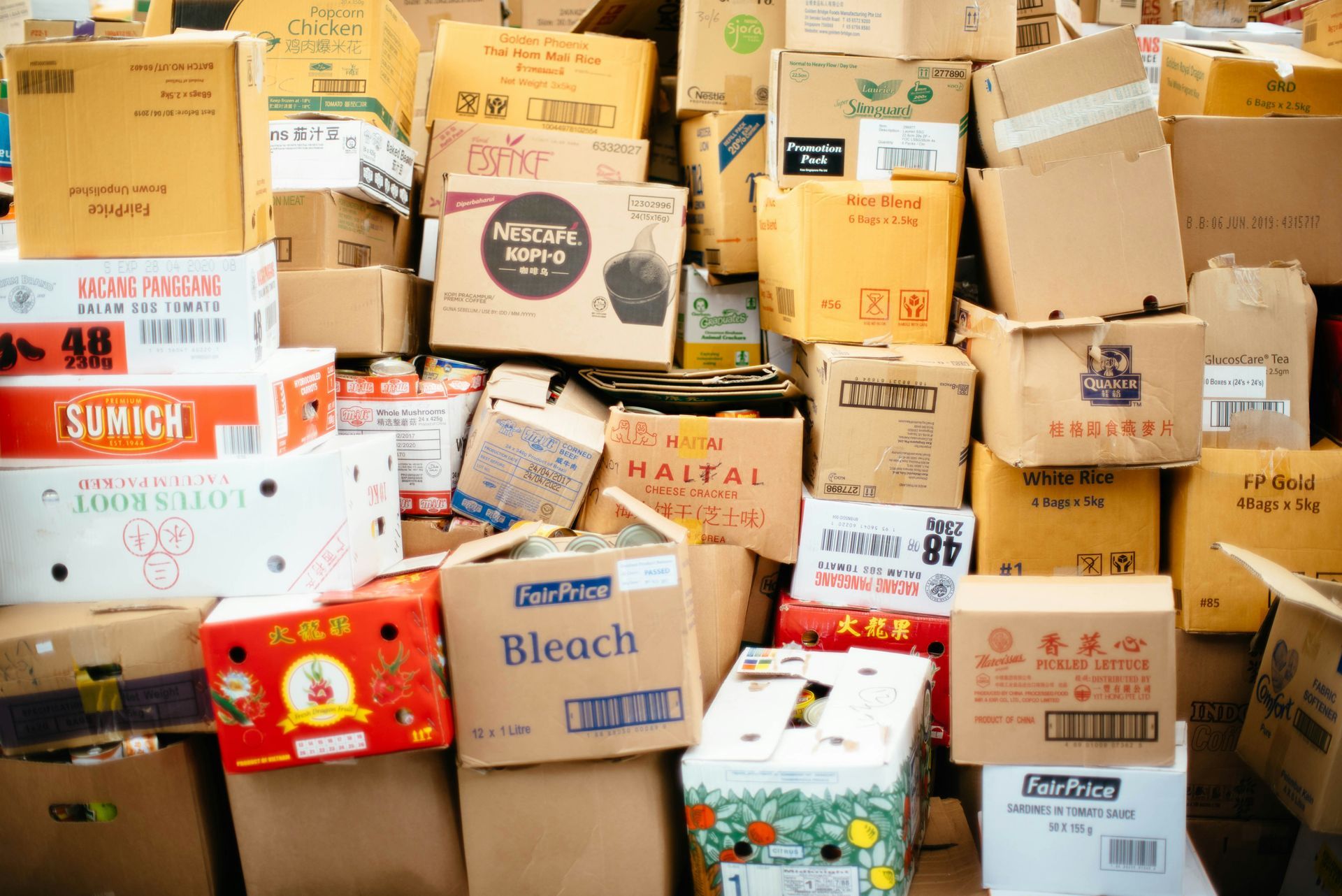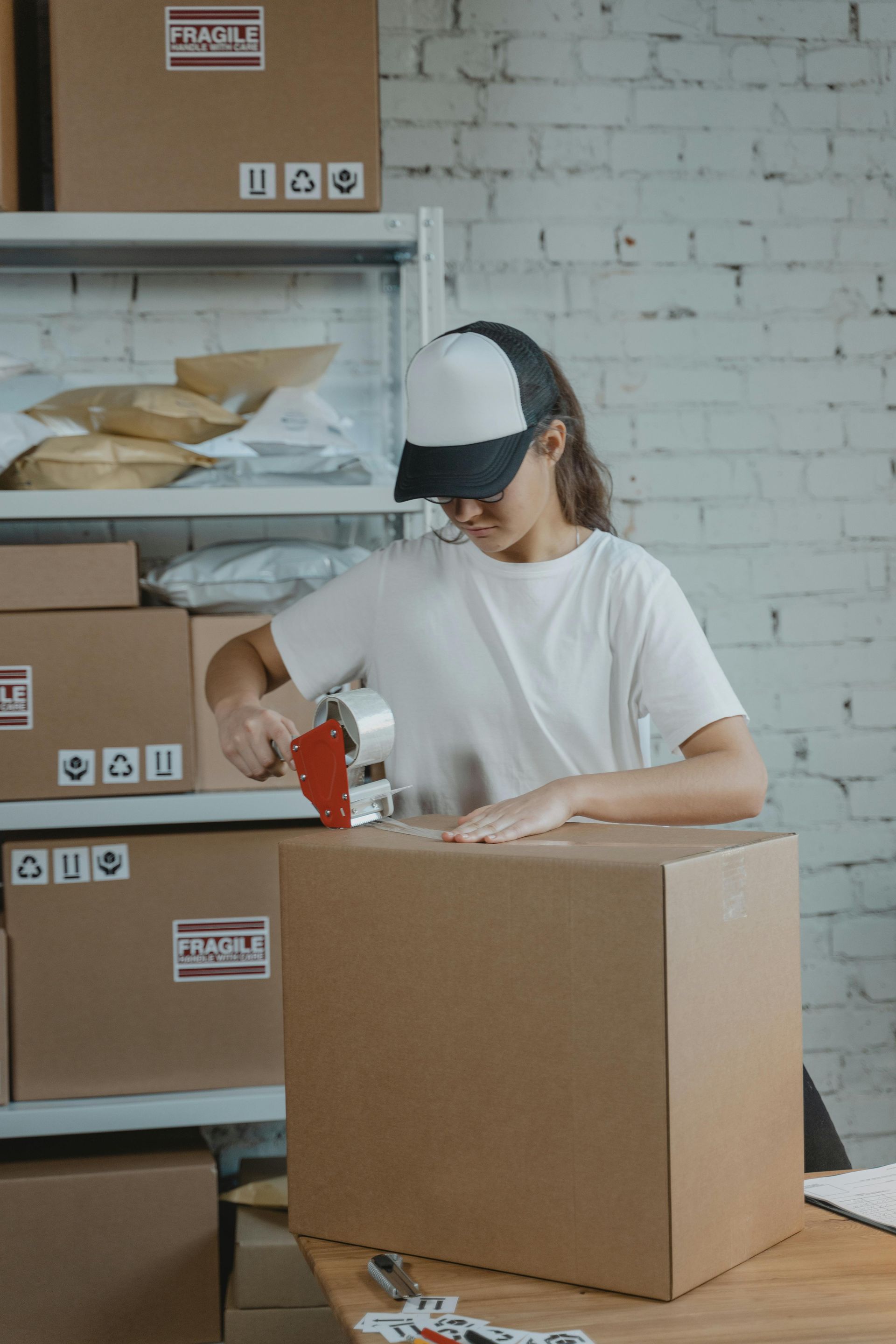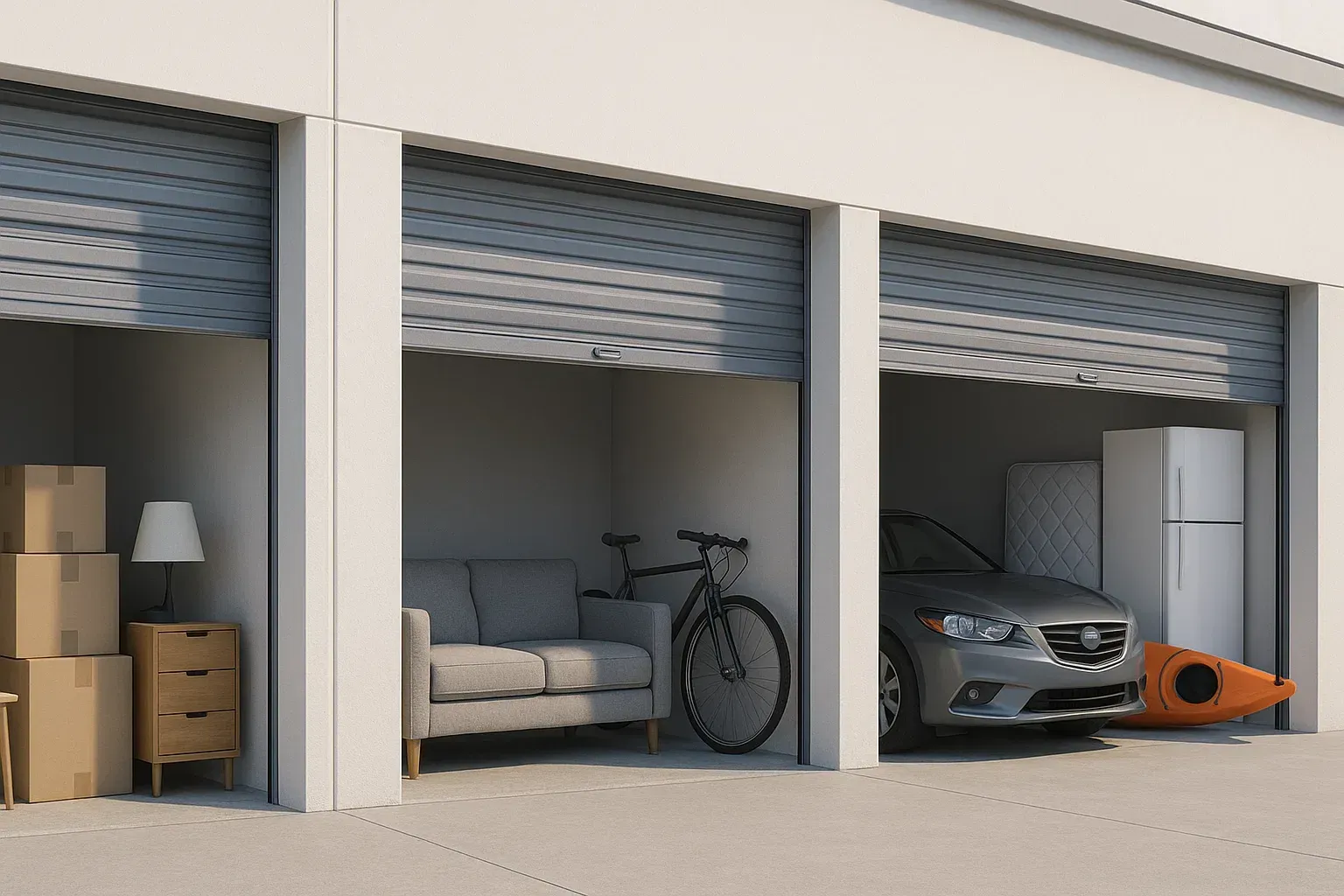Top 5 Mistakes to Avoid When Renting a Storage Unit
Top 5 Mistakes to Avoid When Renting a Storage Unit
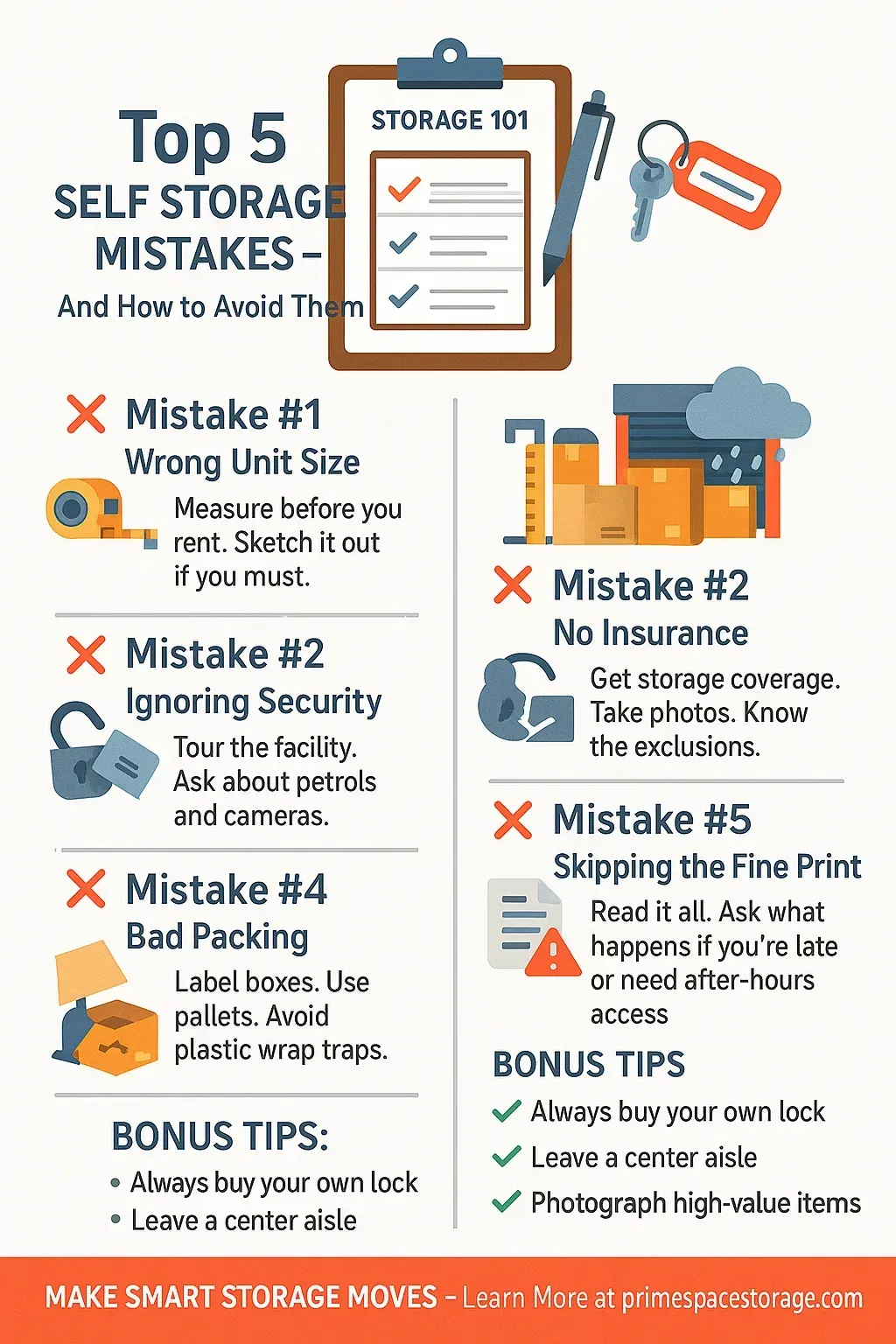
You don’t always get to plan things the right way. Sometimes you’re in the middle of a move. Or maybe your place just isn’t big enough. Suddenly, you’re looking up storage units at 11 p.m. It feels like one more thing to check off a list. You scroll, you click, you book something that looks clean and affordable. That’s it. Done.
But later—after the lease is signed or the boxes are stacked—you realize it wasn’t the right choice. Maybe it’s too small. Or too big. Or too far. Or the contract has fees you didn’t notice. It’s not always a disaster. But it’s rarely great.
I remember a friend doing this during her move. She rented a unit without seeing it. Showed up with a truck full of furniture and ended up having to leave half of it outside while we tried to repack. She was stressed. The sun was brutal. We had to rent a second unit. It cost more than just money.
That kind of mistake doesn’t make you stupid. It just makes you rushed. And tired. Which is most people, most of the time.
Here’s where that rush tends to lead. These are some of the most common self storage unit mistakes people make, even with the best intentions.
1. Picking the Wrong Storage Unit Size
Most people guess. About how much space they’ll need. About how many boxes they’ll have. About whether that old dresser can stand on its side. You think it’ll fit. You hope it will.
Wrong size unit selection leads to either wasted space or crammed, damaged items. Storage companies offer size guides, but they’re general. They don’t know you still have four bins of winter coats or that your bed frame doesn’t come apart. And when you guess wrong, you end up jamming things in or paying for empty space. Neither feels good.
Measure what you’re storing. Sketch it out if you have to. Tape out the unit size on your living room floor. It sounds dumb, but it works. A 5x10 might hold a one-bedroom’s worth of stuff, but only if you pack smart. A 10x20 might swallow you whole if you’re just storing holiday decorations.
Look at the space. In person, if you can. Some facilities will let you walk around. That helps more than any website slider ever will. Accurately assess how many square feet you truly need by examining your stored items and speaking with your self storage facility.
2. Forgetting Insurance
You rent the unit. They give you a code for the gate. Maybe there’s a camera above the entrance. It feels safe. So you move your things in and forget about them. Until something goes wrong.
A pipe bursts. A break-in happens. A rat nest. And then you find out the facility doesn’t cover your belongings. Only the structure. Only their part.
It’s not uncommon. A lot of renters assume they’re covered. Some are, through homeowner’s or renter’s insurance, but only if you checked the fine print or added extra coverage. Others aren’t. And that’s when things get expensive.
Most storage places offer optional insurance. It’s usually ten or twenty bucks a month. It’s not perfect, but it helps. Look at the coverage limits. Look at the exclusions. Ask what’s actually included. Some policies don’t cover electronics. Or water damage. Or vermin.
Adequate coverage is essential to protect sensitive items and ensure your self storage experience remains safe. If you're storing anything that matters, take photos before you box it up. Make a list. Just in case.
3. Not Asking About Security
It’s awkward to ask about crime. So people don’t. They just assume the cameras work and the fences stay locked. They assume the manager is on-site. That someone’s watching the monitors. Or patrolling.
But sometimes, no one is.
I talked to someone once who lost heirlooms. Not because she was careless, but because the unit was on the edge of town, and the gate lock was broken for weeks. No one fixed it. No one told her. The theft wasn’t even noticed until she came back.
Storage facility security features such as gated access, lights, and cameras are not all created equal. Security matters more than people think. Especially when you’re not around to check on your stuff.
Tour the place if you can. Notice the lights. The locks. The people. Are there cameras? Are they real? Are they recording?
Read the reviews. Not the five-star ones. The angry ones. They’ll tell you what breaks. And what happens when it does.
If nothing else—buy your own lock. A good one. Not a flimsy key lock from the dollar bin. Something that takes effort to cut. Most thieves won’t bother if it looks like work.
4. Packing Like It’s Temporary
You think it’s just for a month. Maybe three. Maybe until the house closes. So you throw things intoboxes. You don’t label them. You don’t wrap the glassware. You stack them wherever they fit.
Later, when you’re tired and trying to find a winter coat in January, it all blends together. Damp cardboard. Mystery boxes. Furniture legs scratching against boxes of books. You find things broken. Or mildewed. Or worse.
Pack like you care. Even if you’re rushing. Use plastic bins if you can. Wrap fragile stuff in blankets. Elevate things off the floor with a pallet or even old towels. Label everything. Even if it’s just “kitchen things” or “tools.”
Labeling boxes and keeping a detailed inventory can make your self storage unit more manageable and prevent mold growth and damage to fragile items. Make an aisle down the middle if the unit is deep. So you can reach the back without climbing.
This isn’t about being perfect. Just slightly less frustrated in six months when you come back.
5. Not Reading the Contract
You sign something. You assume it’s standard. And then one day, you show up and your unit is locked with a red tag and you’re told your stuff is up for auction next week.
Happens more than you think.
Storage contracts are loaded with clauses. Late fees. Lien rights. Rules about what you can and can’t store. Auto-renewals. Limited hours. Some places don’t allow access after 7 p.m. Others charge you for lost keys. Or increase rent without notice after the third month.
Read it. Really read it. Ask questions. Write down the answers. Don’t be embarrassed to say, “Can you explain this line?”
The self storage industry standard contract contains fine print about access hours, late fees, and rent changes. Carefully review everything. It’s easier than arguing later. Especially when you’re trying to get your grandmother’s china out before the auction starts.
You Don’t Need to Nail Everything
Just enough of it.
Know what you’re storing. Measure. Ask about security. Buy the insurance. Pack like you’ll care later. Glance at the contract before you sign.
Avoiding these common self storage mistakes can greatly improve your self storage experience and keep your stored items protected. It won’t be perfect. But you’ll spend less time regretting it. Which is probably the best you can hope for when it comes to rented concrete rooms and keys that don’t quite fit.
If you’ve made any of these mistakes—same. You’re not alone.
